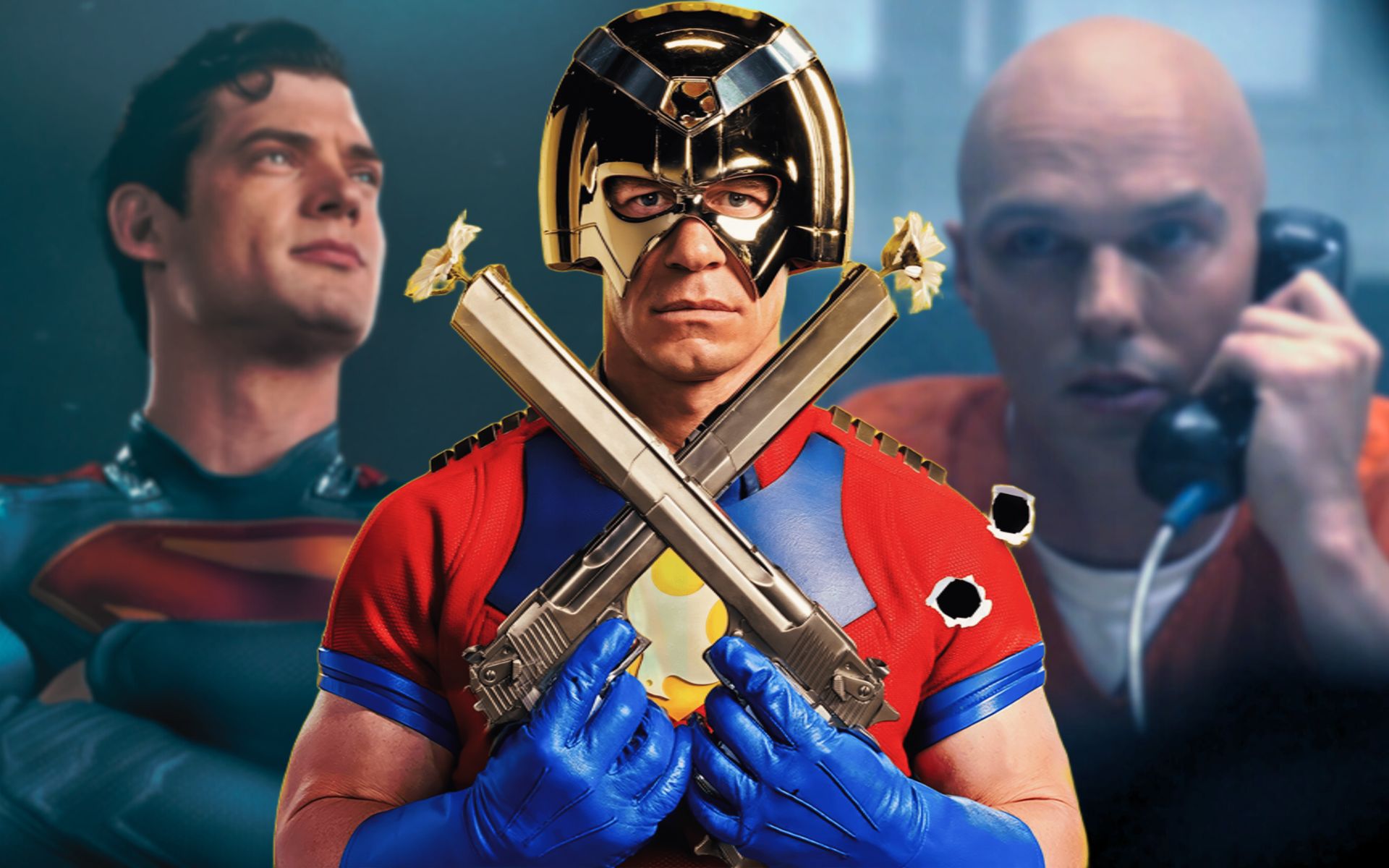Artists live by their imagination. They are supposed to be the most creative people because they can turn simple thoughts into moving pieces. When you write literature, you have the ability, as if by magic, to put into the reader’s head everything you want to describe. The director cannot afford such luxury.. Everything that appears on screen costs money, so a fairly imaginative story requires a fairly large budget. Dune, as we know, falls into this category. Reading it is a dream, trying to adapt it for film is a nightmare.
Only someone as eccentric and talented as Chilean film director Alejandro Jodorowsky could take on an adaptation of a sci-fi work like Dune at a time when computer-generated special effects did not yet exist. Although this may seem like an impossible task for some, For Jodorowsky, this meant a golden opportunity.. The novel had so much potential to become a transcendental cinematic experience that it became necessary to turn it into a film.
In 1974, Alejandro Jodorowsky had just made two films that would make him an icon of feature film: El Topo and The Sacred Mountain. The international success of both films placed the Chilean in a privileged position. Now that his work has been recognized, his next work will be much easier to fund. That’s why he decided to seize the opportunity and structure his most ambitious project yet.. At a time when $10 million was considered a very large budget (2001: A Space Odyssey cost $10.5 million), the director was putting together an epic adaptation of Dune that would have cost $15 million to shoot.
The pre-production that will revolutionize cinema
In the documentary about this cinematic odyssey, Jodorowsky’s Dune, Alejandro Jodorowsky proudly holds a huge book of thousands of pages. He calls it the Bible of his project., as thousands of pages contain designs, storyboards, visual concepts, dialogue – everything needed to record the most epic film of all time. The legendary tome sold at auction for nearly three million dollars, and you can read it page by page right now on YouTube.
Jodorowsky was convinced that his vision required hiring the most prominent artists of the time. He felt that his adaptation of Dune would not be just another sci-fi film, but a psychedelic fantasy that would change the lives of audiences. His goal was to record a film that would embody the visions that the drug LSD causes in those who take it.. This is why the production design and cinematography had to be revolutionary, creating images that had never been seen before.
To do this, he contacted H.R. Giger, who later became famous and won an Oscar for creating a disgusting alien monster. He also contacted comic book artist Jean Giraud to help visually conceptualize his ideas. And Chris Foss, an illustrator of science fiction novels, will be responsible for designing spaceships. The result of this alliance will be a collection of captivating visual concepts that Jodorowsky calls the “Dune Bible.”. During pre-production, the director sent a copy of this gigantic tome to every Hollywood studio in the hope that they would recognize his genius.

In the end, it was impossible to reach the $15 million goal that would be required to make this dream a reality. Producer Michel Seydoux managed to secure $10 million, but it is also believed that the original budget was an unrealistic amount. In two and a half years of pre-production, they had already spent about $2 million and weren’t even close to finishing.. And although Hollywood studios demanded that the film last about two hours, Jodorowsky proposed a fourteen-hour film. Eventually the negotiations froze.
The documentary argues that the pre-production of Dune created a conceptual revolution in science fiction.. It was like a seed that grew into Star Wars, Alien, Blade Runner, The Fifth Element, The Terminator and other cinematic masterpieces. It can be said that Alejandro Jodorowsky’s over-ambition paid off as the artists involved in the pre-production process came together to create these great films.
A completely different adaptation of the book.
Jodorowsky’s philosophy when it came to adaptation was completely liberal. He planned to cancel Frank Herbert’s original story. He turns Duke Leto into a eunuch (the product of a bullfighting accident) who could only father Paul through a drop of blood. In the end, Paul, the Messiah, has his throat cut. In what is a sort of renaissance of nature on Arrakis, the desert is filled with forests and rainbows. The planet travels throughout the universe, providing its illumination everywhere, absorbing Paul’s consciousness. Fans of the book series claim that nothing even remotely similar happens in the novel..
What Jodorowsky proposed was a space odyssey inspired by Dune, not an adaptation of the novel. His ambitions required a cast full of the biggest stars in existence. Salvador Dali was going to play the padishah emperor. To star in the film, the Spanish artist demanded that his cast be the highest paid. He agreed to work for $100,000 an hour.. To make this feasible, Jodorowsky suggested that Dalí perform for just a couple of hours, and then his character would be replaced by a statue. The artist agreed on the condition that he would be allowed to display the statue in his museum.
Orson Welles was convinced to take part, he will play Baron Harkonnen (the character played by Stellan Skarsgård in Villeneuve’s version), provided that the chef of his favorite restaurant will cook for him during production. The fact that Mick Jagger and David Carradine also agreed to work for Jodorowsky immediately tells us about the prestige he had at the time.
Pink Floyd have already agreed to write several songs for the film., joining the line-up of progressive rock bands that created Dune. Because in terms of music as well as design, the idea was to have different artists choreograph different moments of the film to highlight the deep differences that existed between each planet.

Conclusion
Alejandro Jodorowsky’s powerful imagination should be considered a treasure of humanity. His portfolio as an artist is unparalleled. That’s why it’s a shame that your dream project never came to fruition. Jodorowsky’s Dune will live forever in our imaginations until the power of artificial intelligence can give life to everything that appears in his famous Bible. Undoubtedly, one day we will have the honor of seeing the original 14-hour version.
Source: Hiper Textual













